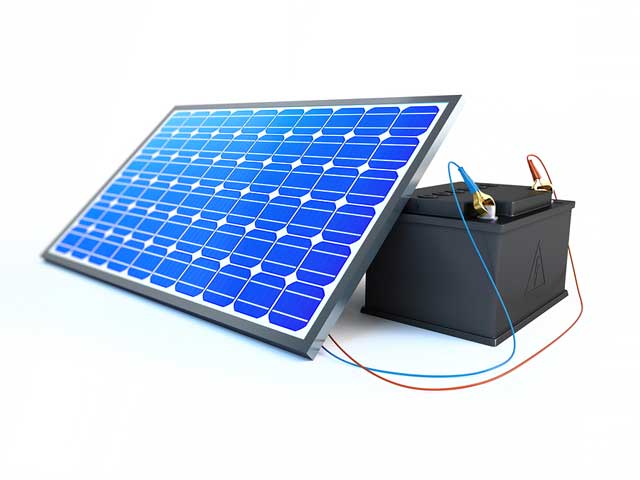SOLAR PANEL INVERTERS: A COMPARISON
With the new innovations in the technology field, solar panels have become very popular in today’s world and more people are switching to solar panel systems for power generation.
The solar panel system has several benefits that work along with the other machinery products as like solar inverters, racks, and surveillance systems. These features associated with your system helps you to generate more power and utilise it to the fullest. It will also guide you through the linking process of your system installation to the roof and get evaluated results as well.
How do inverters work for the functioning of solar panels?
The main function of solar panels is to absorb the sunlight and convert it into direct current. Then, after that inverter plays a very important role to convert the direct current into alternating current. This alternating current power is transferred to your house so as to run your electrical appliances.
Central inverter, the micro-inverter, and a power optimizer:
Central inverter: Central inverters are usually known as string inverters. A string is formed of solar panels by linking them together in series. This string is connected to a huge inverter that helps in transforming the direct current into alternating current. Also, they have a warranty period from 10 to 15 years.
Micro-inverter: Microinverters are linked at the backside of each solar panel to convert Dc into AC at the basic panel level. Again, they have a warranty period that ranges from 20-25 years.
Power Optimizer: Power optimizers are linked in proper set to each panel and are used along with the central inverters. They basically modify the DC power at panel level and have 20-25 years of the warranty period.
There are certain categories that will help you to understand the differences between the three of them:
EXPENDITURE: The total expenditure for central inverter ranges between $1,500 to $3,000. On the other hand, microinverters expenses vary from $150 to $200 per panel. The power optimizers vary from $70 and $100 per panel.
SHADING IMPACT: If you have a central inverter and one panel faces shading then the other panel’s efficiency will get affected. Microinverters help the panels to not get affected if one of them face the shading. Power optimisers are specific to the panels only, so if the panel faces shading the other panels will not decrease the system efficiency at all.
ADDITION TO THE PREVIOUSLY EXITED ARRAY: In central inverters, it might be a challenging task to add more panels to the array. If we add panels to microinverters, the array may become larger.
SOLAR PANEL DIRECTION: To get a potential output, panels are arranged facing towards the sun in the central inverter. But in the case of microinverters, panels can be placed in any directions. There are no certain obligations for arranging the panels if you have power optimisers.
INVERTER PROBLEM: If the central inverter stops working then the whole system get affected. In microinverters, the additional added panels will be still working even if one panel malfunctions. Talking about the power optimisers, if one panel fails to work the other will be working constantly but if the central inverters attached to it stop working then the whole system will shut down.
Conclusion
If we talk about which among them is the relevant one and can be more successful for your system, then the most common setup is considered to be the central inverters. Microinverters are still competing with the central inverters. People are often getting attracted to power optimisers due to the reduction in their price ranges. So, to get the maximum output from your system, solar panels are dependent on the inverters. Always research and then choose the best inverters that match your requirements.


Comments
Post a Comment